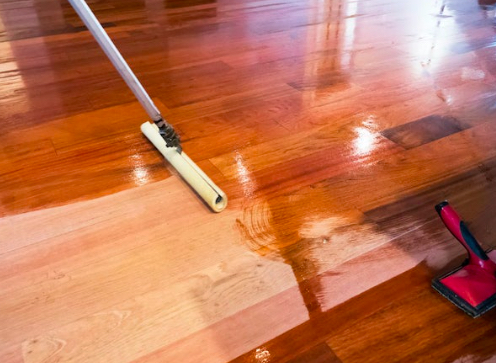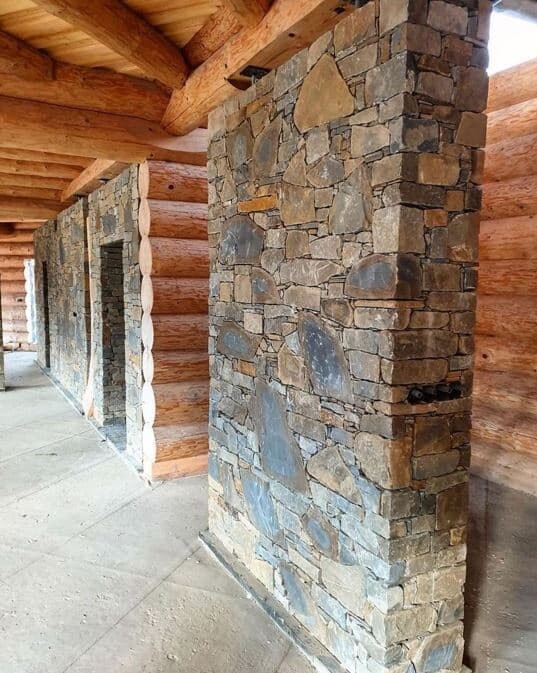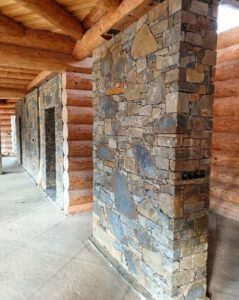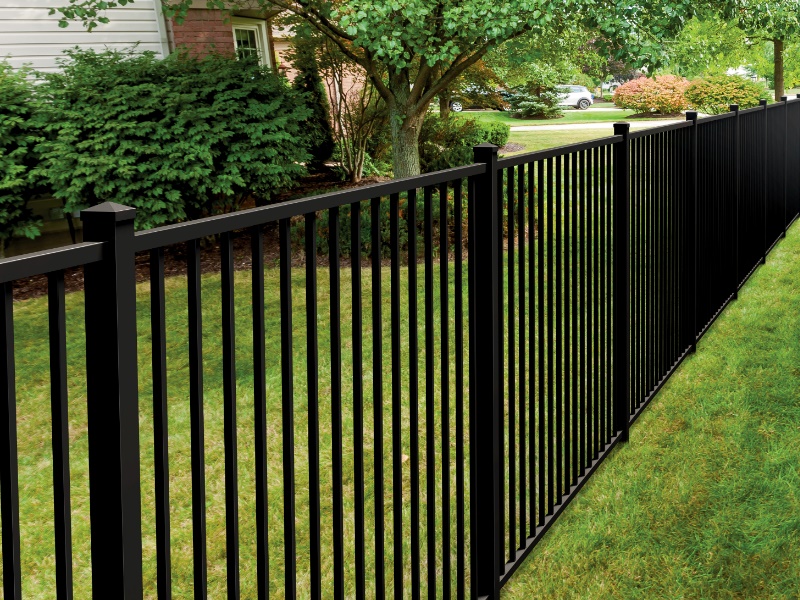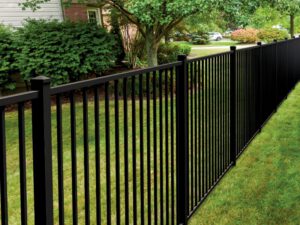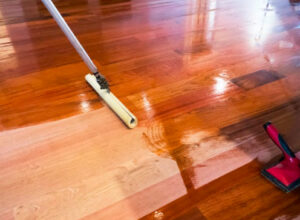 Refinishing is the way to go if your hardwood floors have major scratches and gouges. This is a more involved process than resurfacing, which involves removing and replacing planks, grinding the floor to even it out, and re-staining the entire surface of your flooring. It is also possible to screen and recoat your hardwood floors, which skips the sanding step and only requires a new protective finish coat.
Refinishing is the way to go if your hardwood floors have major scratches and gouges. This is a more involved process than resurfacing, which involves removing and replacing planks, grinding the floor to even it out, and re-staining the entire surface of your flooring. It is also possible to screen and recoat your hardwood floors, which skips the sanding step and only requires a new protective finish coat.
Hardwood Floor Refinishing Bergen County NJ is an excellent option to spruce up them. It can make a huge difference in the look of your home and add value to it. This process involves removing the old finish from the wood and then staining it again, creating a new color and look for your floors. It can also help remove stains that have developed over time. Having beautiful hardwood floors is something that every homeowner should strive for. However, stains are inevitable and often difficult to get rid of completely. Refinishing can eliminate most stains and leave your floors looking great again.
Before beginning the refinishing process, it’s important to prepare the room in which you will be working. This should include clearing the area of all furniture, walls hangings and window treatments. It’s also a good idea to clean the wood floor thoroughly before refinishing. This will ensure that there is no dust or dirt that can interfere with the final result. Vacuuming is a good place to start, and then you can use a microfiber cloth or tack towel to remove any remaining dust.
During the sanding process, it’s essential to follow proper safety protocol when using a drum sander. It’s recommended that you wear a mask and goggles to protect yourself from the fine dust particles. In addition, you should always vacuum the sanding dust as it accumulates to prevent it from becoming airborne.
The process of sanding usually takes several rounds, with each round using a finer level of sandpaper than the last. It can take at least four passes with a finer grit to fully refinish most older wood floors. It’s also important to note that sanding can damage the surface of your wood floors if it’s done improperly. Therefore, it’s crucial to hire a professional who has the equipment and experience to do the job correctly.
After sanding, it’s important to clean the wood floors again and wipe them down with a damp cloth or tack cloth to remove any dust left behind. Taking care to do this will ensure that there is no residue left on the surface of the hardwood, which could cause the final coat of stain or polyurethane to discolor.
Staining
A stain is the coloring agent that will give your hardwood floors the color you want them to have. Staining is not to be confused with finish, which is designed as a protective coating that adds no color to the wood. Staining is a much more complicated process that can be difficult to get right, especially in large areas with lots of color options.
When choosing a stain, it is important to test the product on an inconspicuous area of the floor before applying it. This will ensure that you like the color and that it will work with your home’s decor. A professional flooring expert can help you select the perfect stain for your floors and provide recommendations based on your specific wood type.
The first step in staining is to sand the existing surface of your hardwood floors. This can take between two and four days depending on the size of the room and condition of the floors. Once the sanding is complete, it’s time to stain your new hardwood floors.
Before staining, your floors should be clean and free of dust. It is also recommended to cover your furniture with a tarp, or move it out of the room to protect it from accidental spills and smudges. Ideally, you should allow the room to air out completely before moving back in and refinishing your floors.
Once the stain is dry, a protective finish can be applied. This can be varnish, polyurethane or another protective hardwood floor coating. It is important to apply a topcoat sealer that is compatible with the type of stain you choose, as it will prevent scratches and moisture damage.
While some people prefer the look of dark stained wood, many homeowners find that a light-colored stain makes it easier to spot dirt, debris and high-traffic wear, making cleaning and maintenance less labor intensive. If you’re concerned about the time commitment of maintaining a dark stain, consider asking your floor professional to put some larger sample stain samples directly on your floor after they are done sanding it (or make you some portable samples that you can take with you). This will let you see exactly how the finished product is going to look in your room and ensure that you’re happy with the results.
Polyurethane
Polyurethane is a type of reaction polymer, consisting of two components: a polyol resin and an isocyanate hardener. When applied as a top coat, it protects hardwood floors by sealing them against moisture and imbuing them with durability. It is a good choice for flooring as it is easy to apply and provides resistance against household cleaners, water, abrasion, heat and chemicals.
Polyurethane also provides a smooth, glossy finish, which is great for those who want their floors to shine. A glossier coating also holds up better against scratches and is more resistant to wear than matte finishes. It is a good idea to test your floor’s suitability for a polyurethane coating before you commit to having it refinished. This is particularly important if your floor will be exposed to household cleaners as over time they will imbue the surface of the wood with their odors. A test area such as an exposed corner or under a window will let you know how well your floor holds up to the cleaners that you use.
When it comes to choosing a polyurethane, there are two options: oil-based and water-based. Oil-based products are typically less expensive than their water-based counterparts, but they can be more difficult to work with as they dry quickly and leave behind a sticky residue that is a pain to remove.
A good refinisher will have experience with both types of finishes and can help you determine which is best for your home. They will be able to guide you through the process of choosing a stain, sanding and applying a polyurethane coating. They will know how many coats are needed to achieve your desired results and how to avoid common mistakes like orange peeling, lap marks and brush strokes.
As with all finishes, drying/curing times will vary depending on the brand you choose, room temperature and humidity, air flow, whether or not you add a retarder and other factors outside of your control. However, when you consider how much faster a refinisher can complete the process of redoing your hardwood floors and the benefits that it will bring to your home, it is well worth the investment!
Sealing
Hardwood floors are not indestructible, and over time they will show signs of wear and tear. Scratches, dents and discoloration can occur, and these signs can be indicators that it’s time to refinish or reseal your hardwood floors.
The process of refinishing or resealing is an important one that helps maintain the longevity and beauty of your hardwood flooring. While many people rely on a professional to take care of this task, it is possible for homeowners to complete the job themselves. However, it is important to understand that this can be a messy and time-consuming project, especially if the wood has been stained.
Before beginning this process, it is a good idea to consult an NWFA (National Wood Flooring Association) certified flooring expert. These professionals have taken an extensive test to earn this title, and they can help you determine the best way to refinish or reseal hardwood floors. They can also give you a more precise estimate on how long the process will take and what it will cost.
The first step in refinishing or resealing your hardwood floors is to lightly sand them once again. This can be done by hand, but it is much easier and faster to use a large rotary sander. This will help create a smooth surface for the next layer of finish to adhere to. After sanding, it is very important to thoroughly vacuum the entire floor to remove all dust and debris. It’s recommended to wear breathing protection during this process, as sanding produces a large amount of dust that can be harmful to your health.
After sanding, the next step is to apply a coat of sealer. This will protect the wood from dirt and moisture, which can damage or cause the color of the hardwood to fade over time. It is a good idea to consider using an environmentally friendly water-based polyurethane, as it takes less time to dry and produces fewer volatile organic compounds (VOCs) than oil-based products.
Once the sealant is applied, it is very important to let it dry completely before proceeding to the staining or refinishing process. This can take a few days, depending on the weather conditions in your area.
